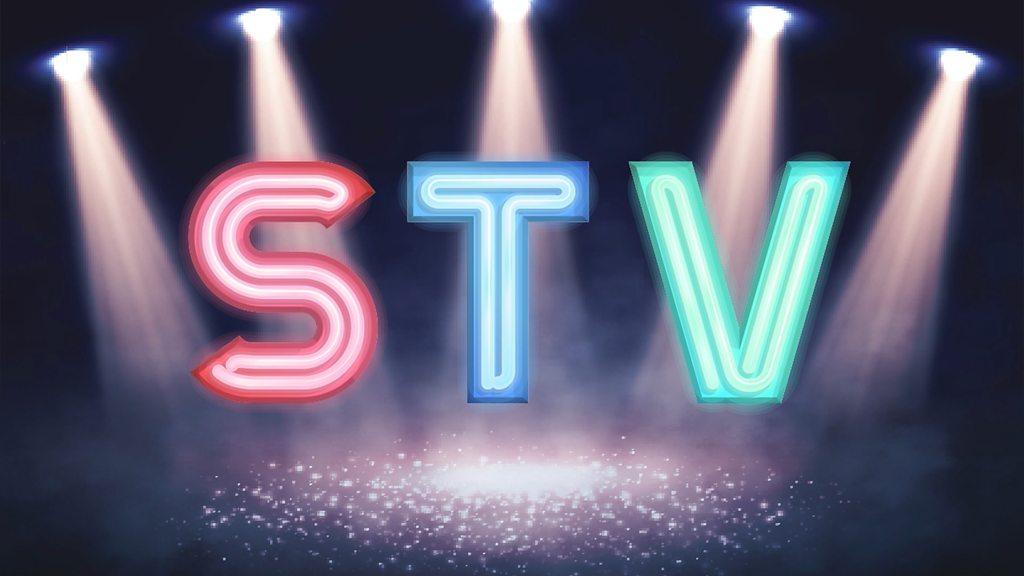NI Assembly election: Polling stations close
- Published

Polling stations closed at 22:00 GMT on Thursday
Polling stations have closed across Northern Ireland for the 2017 Assembly election.
The Electoral Office believe that turnout will be up on last year's figure which was 55%. Officials said their staff had been busy in all areas.
Two hundred and twenty-eight candidates are competing for 90 seats across 18 constituencies.
It is the second time the electorate had to choose a government in the space of 10 months.
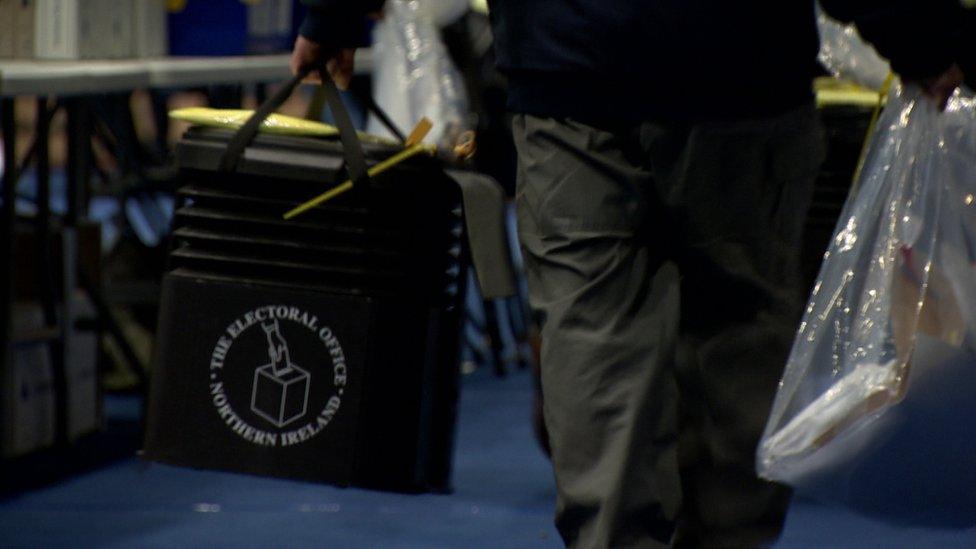
The ballot boxes were taken to eight counting centres across Northern Ireland after the polls closed
Notices posted up at the entrance to polling stations at 21:00 GMT varied between a low of 46% in one district of Lagan Valley to a high of nearly 80% in one area of Mid Ulster.
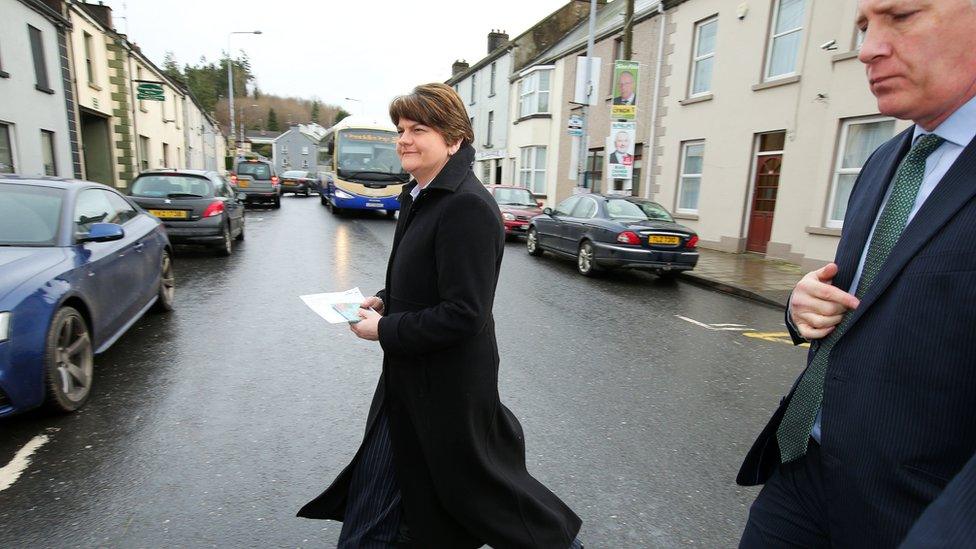
Former First Minister and DUP party Arlene Foster on her way to cast her vote
The ballot boxes were taken to eight counting centres across Northern Ireland after the polls closed.
The count will get under way at 08:00 GMT on Friday with the final results not expected to be confirmed until Saturday afternoon.
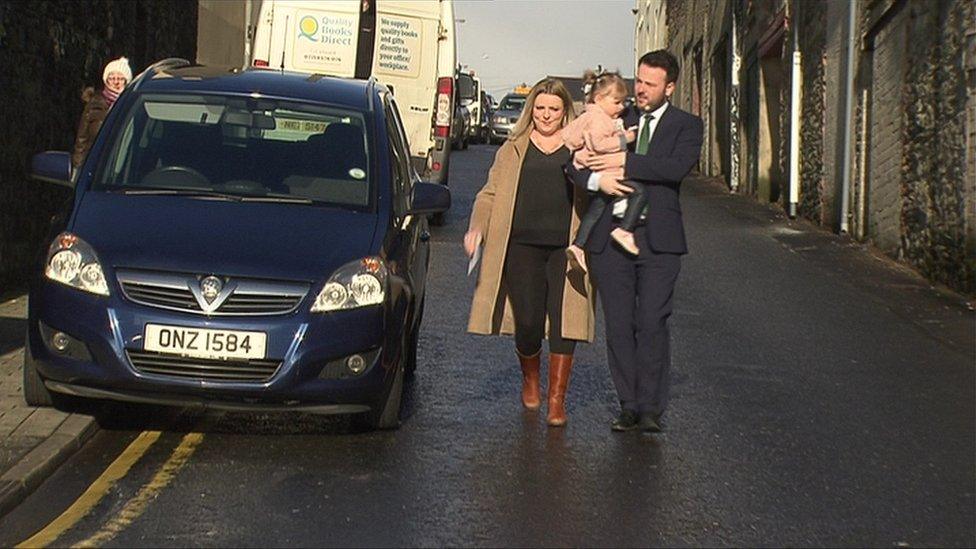
SDLP leader Colum Eastwood and his family on their way to vote in Londonderry
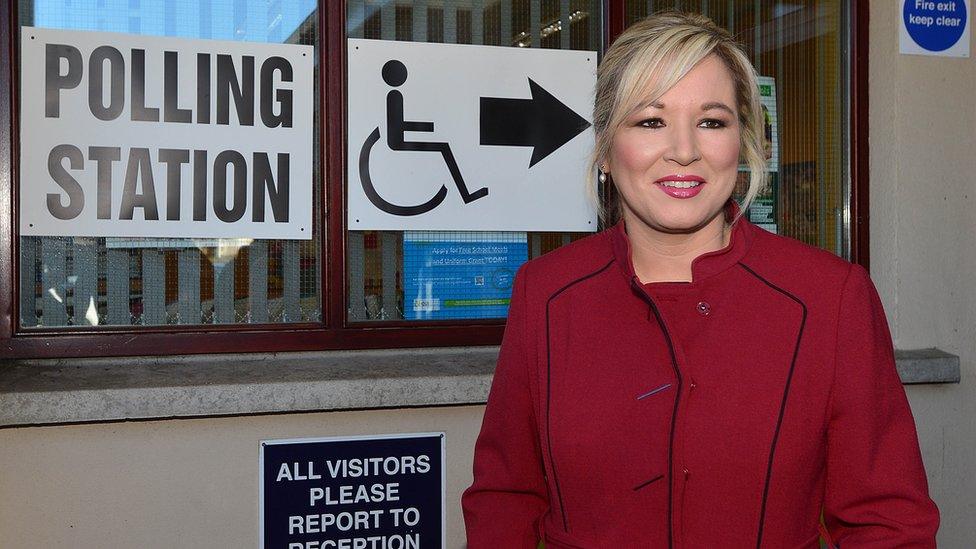
Sinn Féin's Stormont leader Michelle O'Neill outside her polling station
The polls opened at 07:00 GMT on Thursday and closed at 22:00 GMT.
The leaders of Northern Ireland's five main parties got out early to cast their votes.
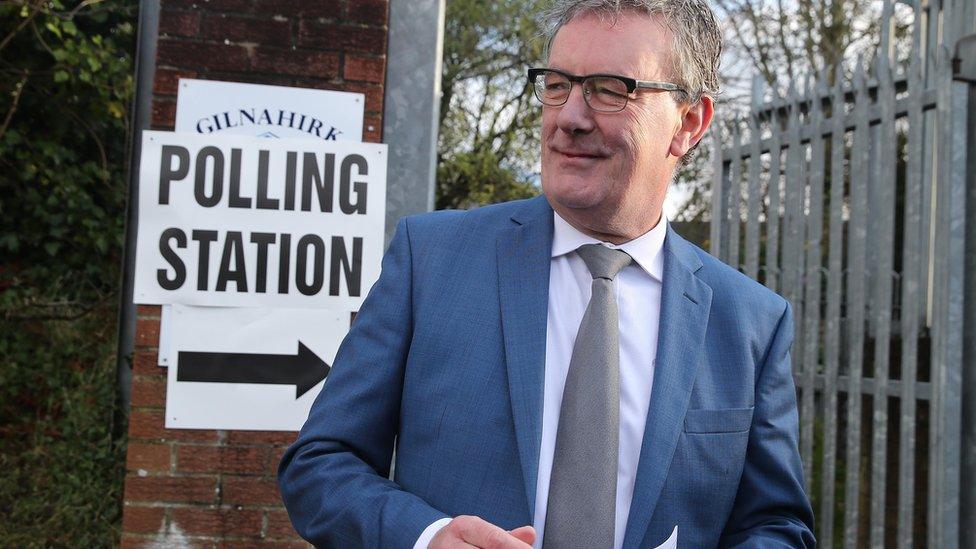
UUP leader Mike Nesbitt outside Gilnahirk Primary School polling station
The 2017 Assembly Election was called after the resignation of former Deputy First Minister Martin McGuinness.
This assembly election has seen one significant change from previous ones.
There will be a reduction in assembly members from 108 to 90.
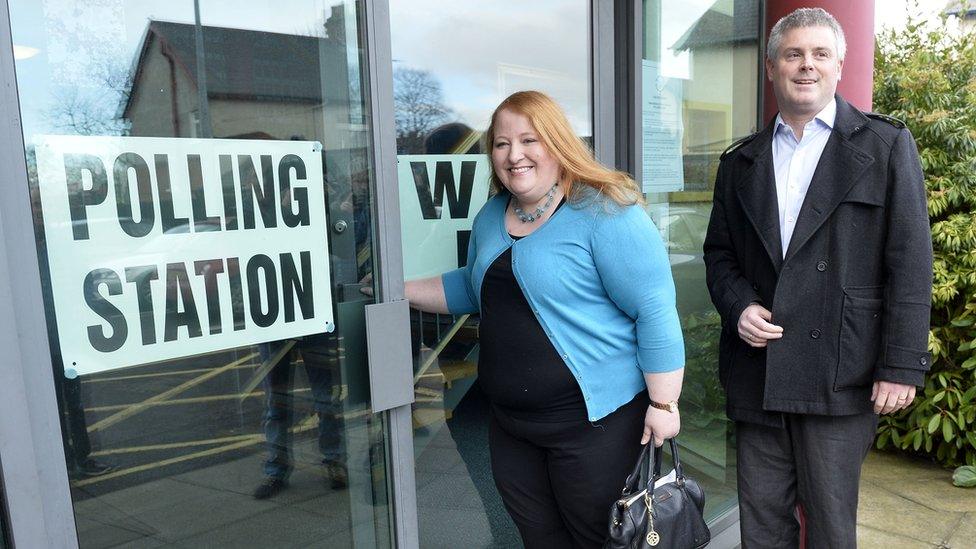
Alliance Leader Naomi Long with her husband Michael just before casting her vote
Northern Ireland's 18 constituencies will return five MLAs each, not six as was the case beforehand.
The number of MLAs has been cut in order to reduce the cost of politics.
Forty-eight fewer candidates stood in this election than in May last year.
How does the electoral system to elect MLAs work in Northern Ireland?
In Northern Ireland, the government must be run by Irish nationalists and unionists together.
When all of the 90 seats have been filled, the two biggest unionist and nationalist parties will get together to try to form a new government.
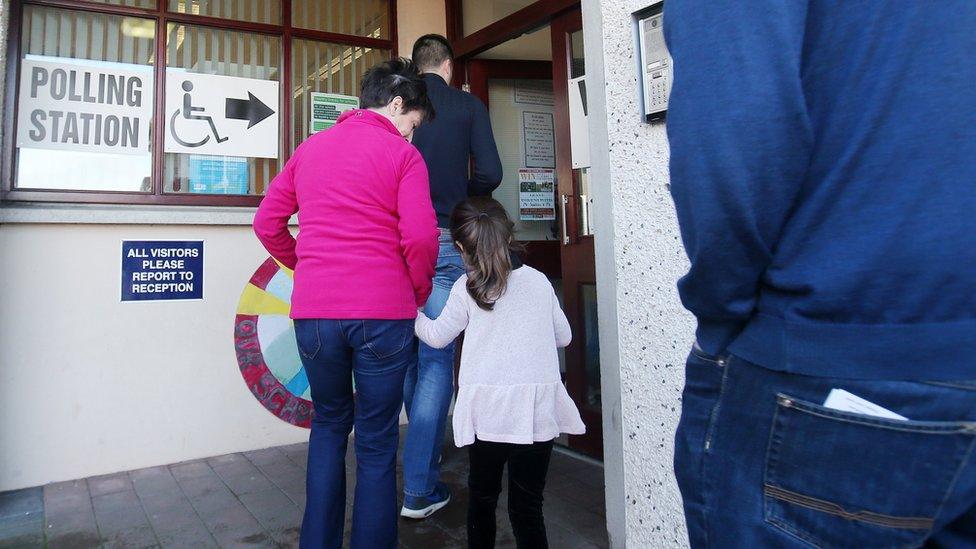
Northern Ireland's 18 constituencies will return five MLAs each, not six as was the case beforehand
Elections to the Northern Ireland Assembly use a form of proportional representation called the Single Transferable Vote (STV).
Voters rank candidates in numerical preference.
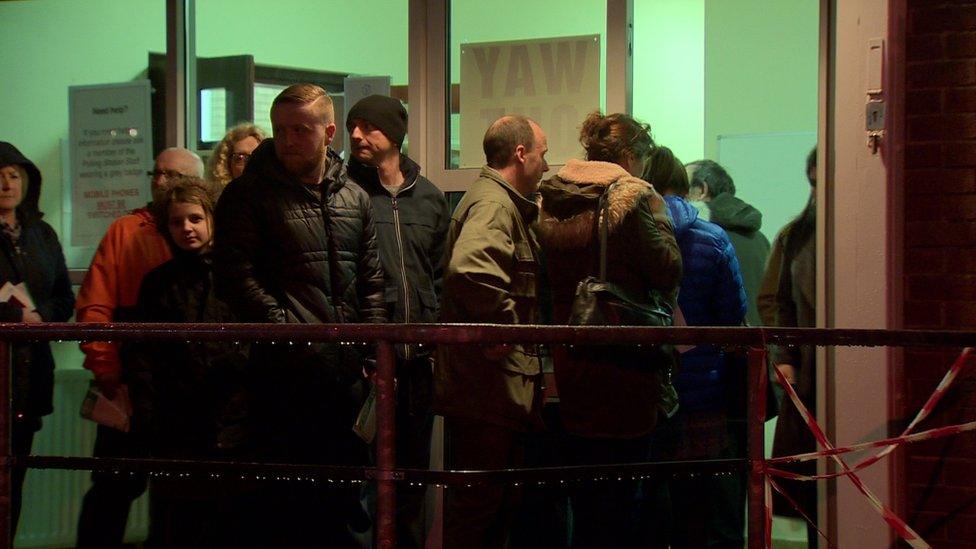
A total of 1,254,709 people were eligible to vote
Candidates are then elected according to the share of the vote they receive. You can read an in-depth guide to the system here.
A total of 1,254,709 people were eligible to vote.
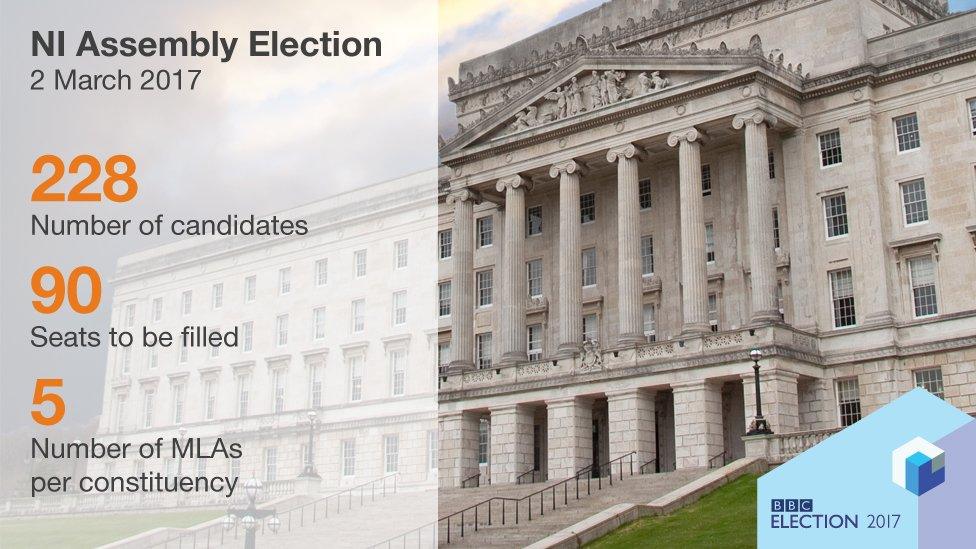
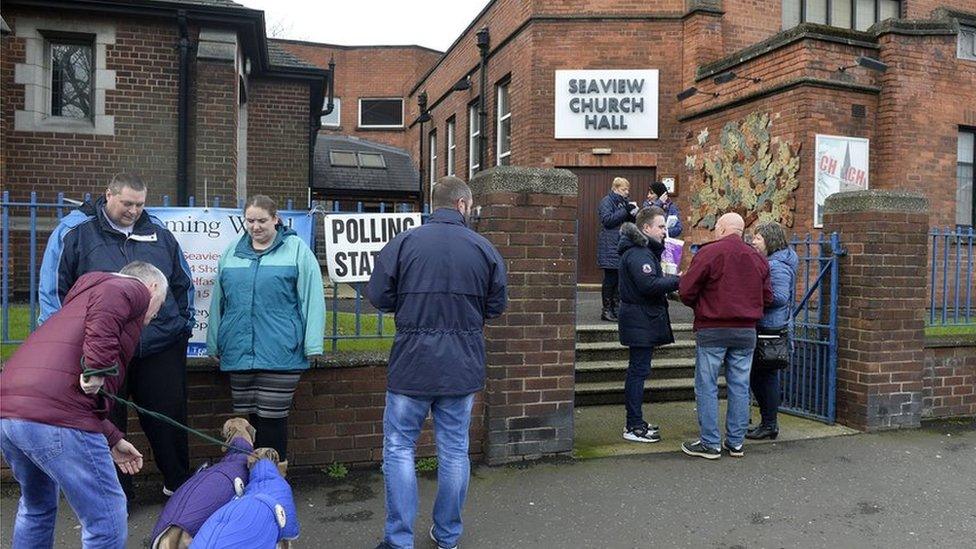
A total of 1,254,709 were eligible to vote in the election
The BBC News NI website will carry the latest election results and analysis on Friday and throughout the weekend.
There will also be special election programmes running on BBC Radio Ulster, BBC Radio Foyle and BBC NI television.
- Published2 March 2017
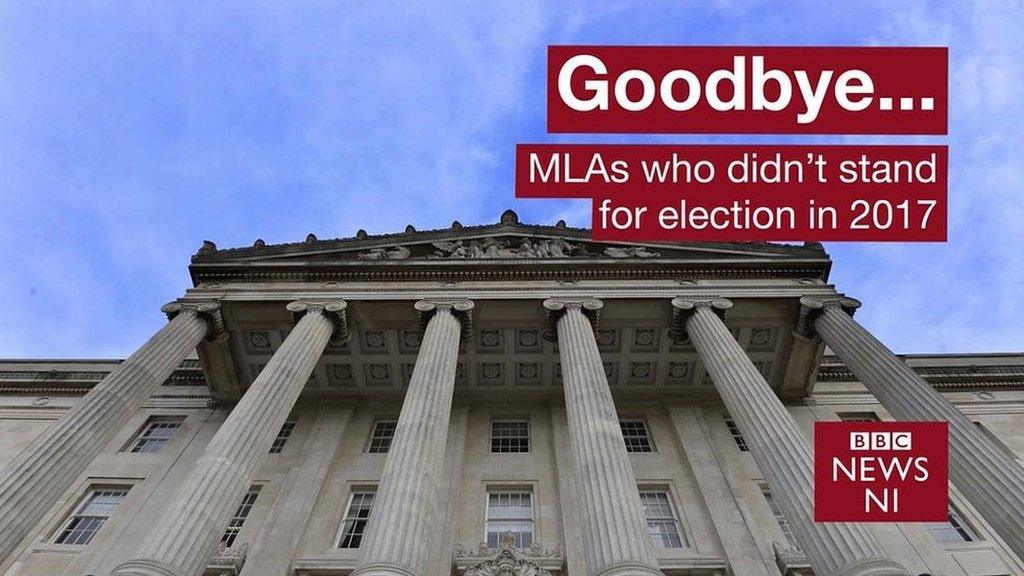
- Published3 March 2017
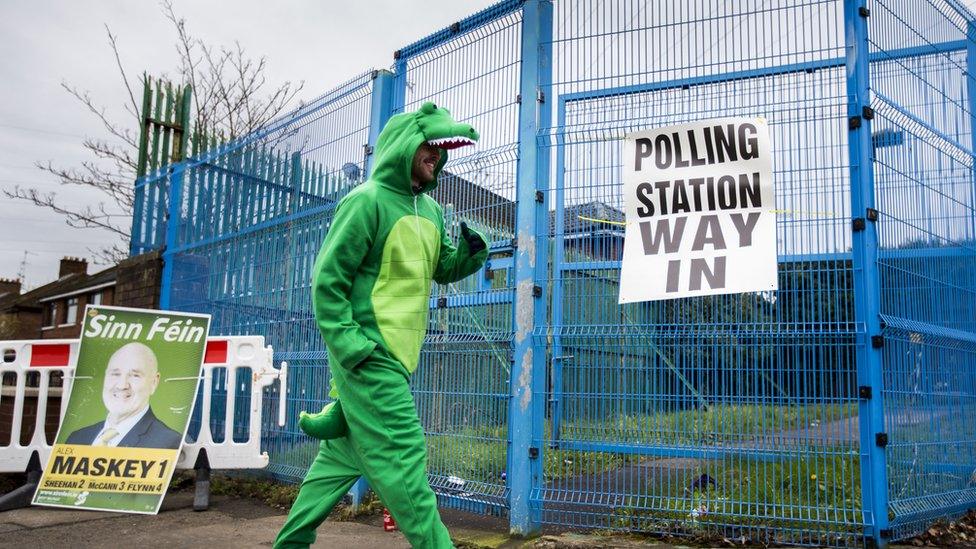
- Published2 March 2017
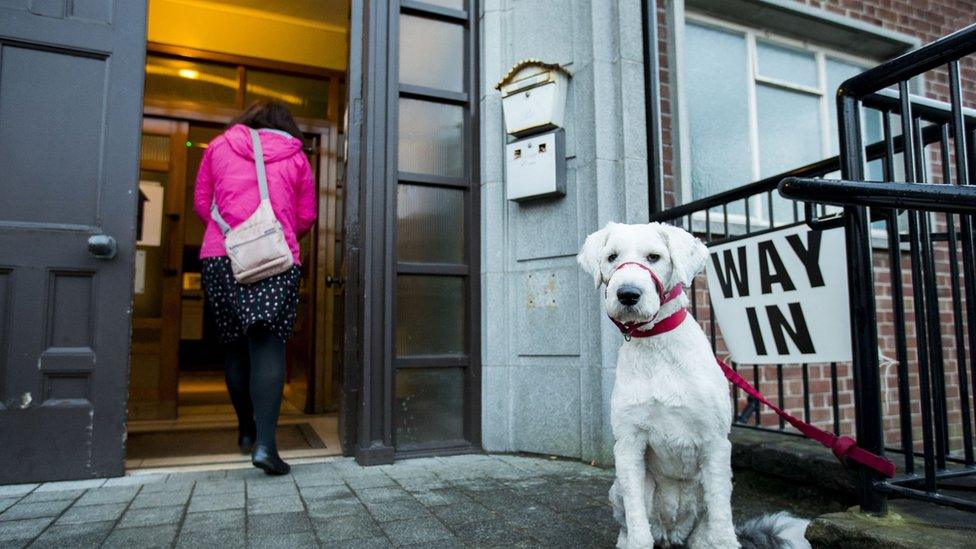
- Published1 March 2017
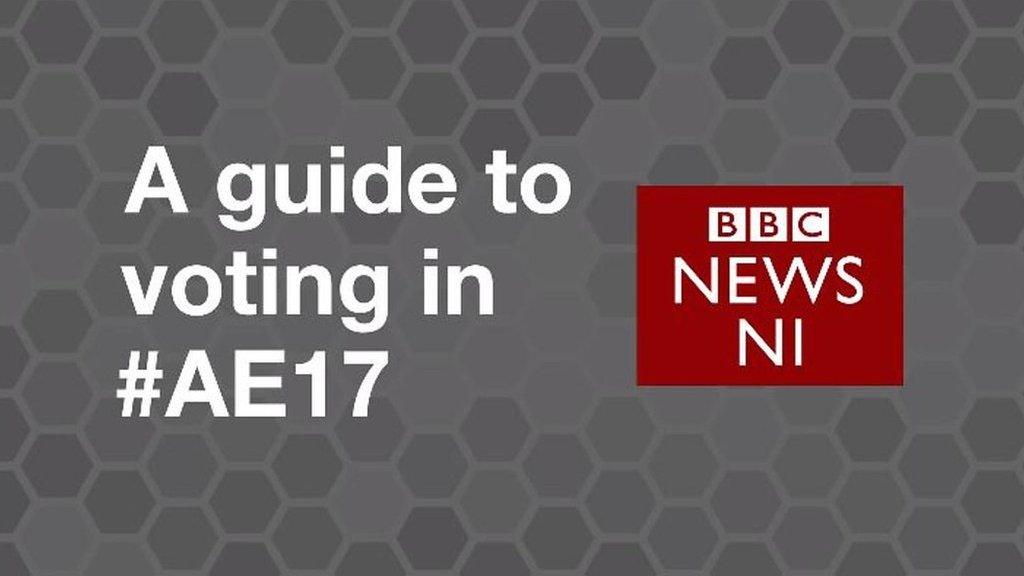
- Published2 March 2017
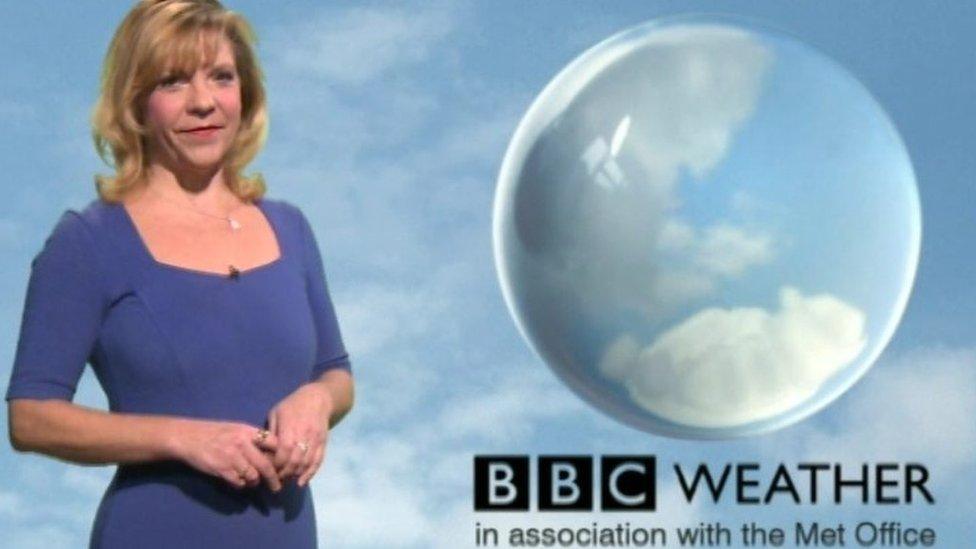
- Published9 February 2017
